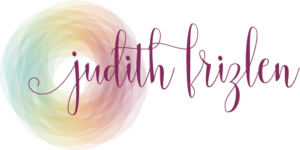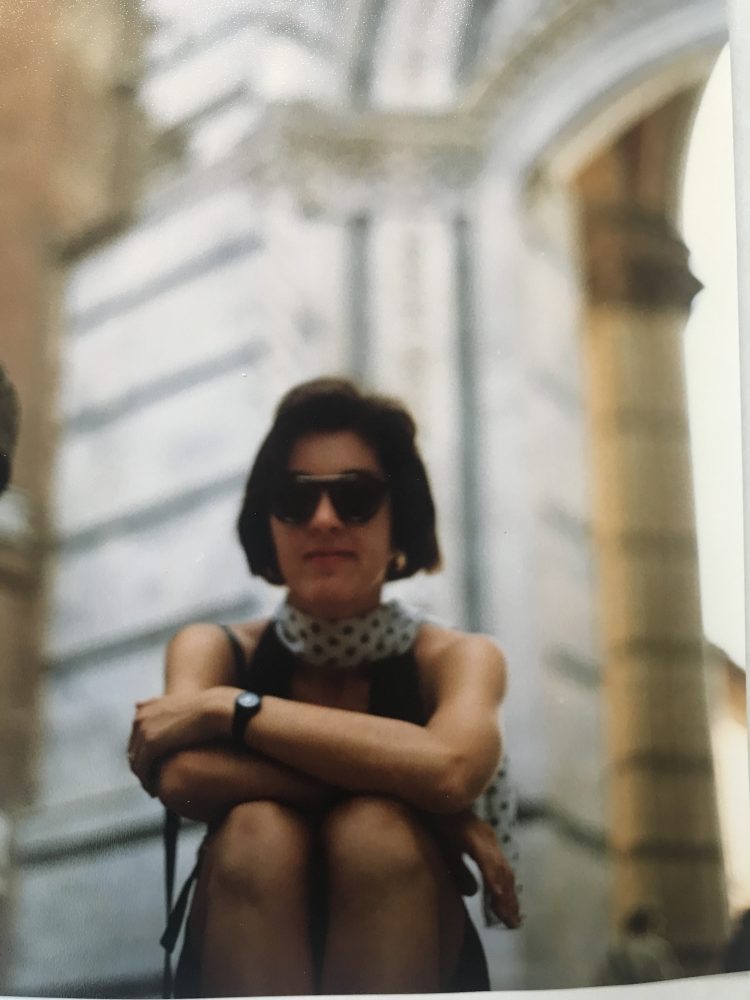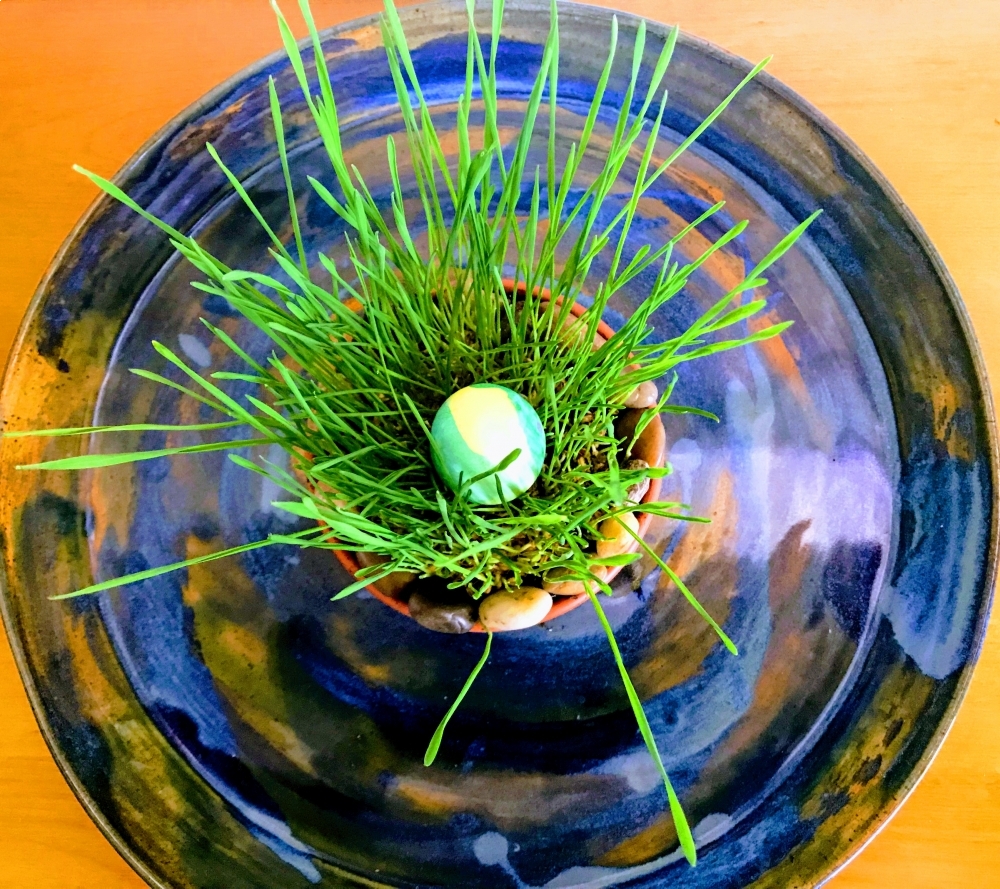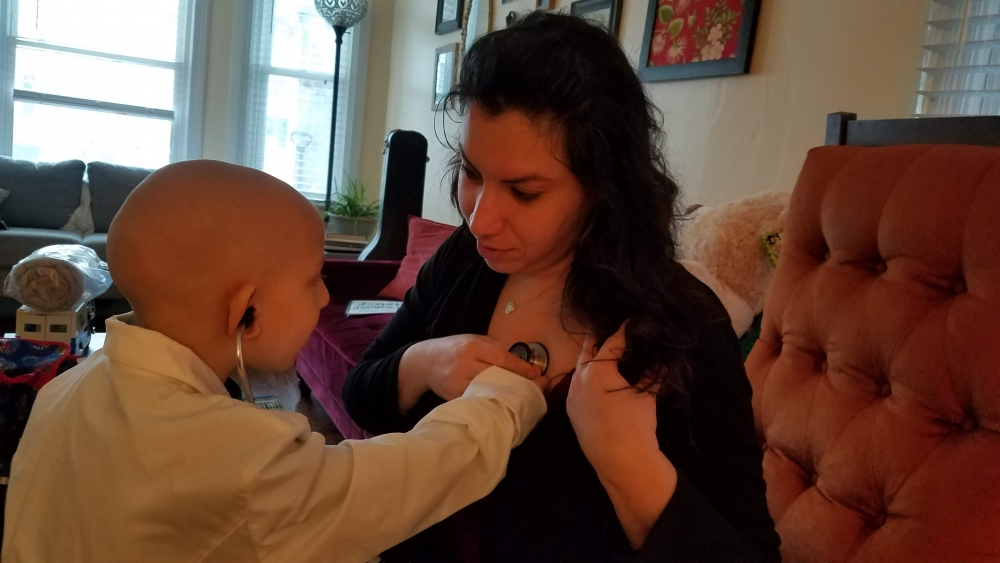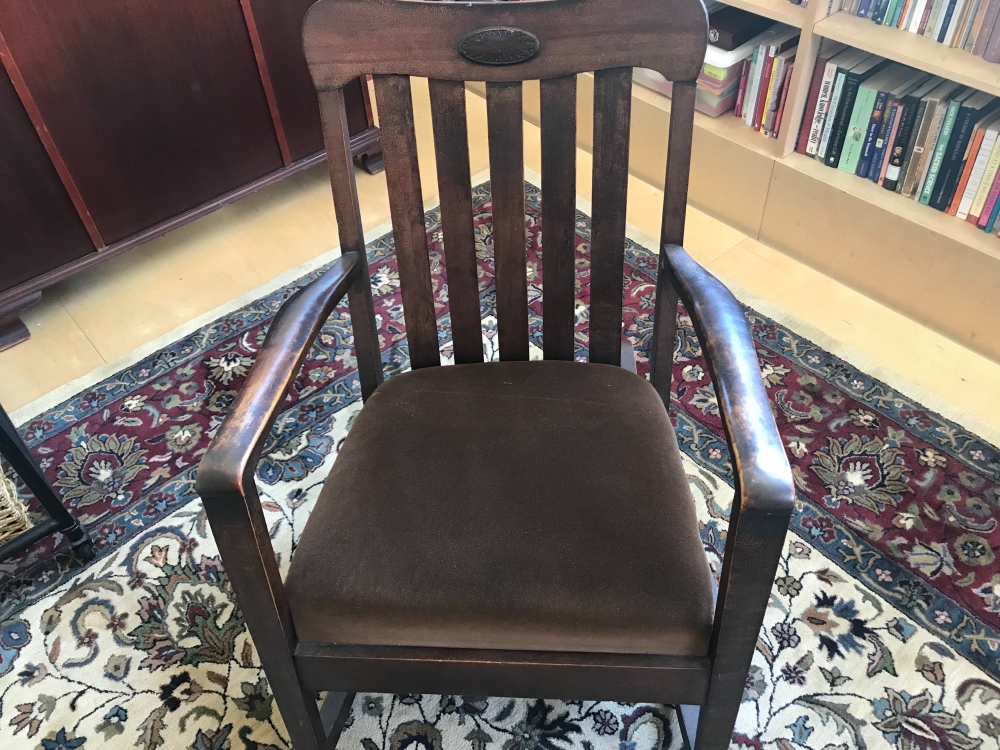In 1986, I entered the second act with my first husband, a baby, a desire to find my voice through writing and teaching, a home in Knoxville, Tennessee where the baby arrived ahead of schedule, and an ex-patriot’s return to Buffalo, where I had family, connections, and opportunities. And lots of questions about how to live my best life.
Noteworthy, two television shows launched that year. They were the Pee Wee Herman show and Oprah Winfrey, setting the stage for being childlike, retro, reflective, and revealing. The UN declared 1986 the international year of peace (before word of the Iran contra deal came out). Both inner conflicts and societal ones were brewing.
In a slow methodical way, like turning a big ship, change was coming. Society was opening up, realigning with greater truths, and so was I.
The marriage that was fun while looking for my path, did not sustain itself when I decided to focus on that path. It was time for me to complete my education to be a teacher and with divorce on the horizon, a single parent.
Rather than showing up and following opportunities that presented, in the second act, I found my inner direction and started to take charge and create circumstances that would lead to the lifestyle I was seeking. That’s the difference between the second act and the first: the clarity, confidence, and self-direction.
My attention in the twenties was divergent or wide. In my thirties, it narrowed; I was focused on goals. After finishing my degree, beginning my teaching career, and ending my first marriage, I met, fell in love, and married my second husband.
Together, we created a stable family life, lived in a beautiful old home, brought a second child into the family, found a strong community, and engaged in personal development. I expanded my teaching career, embraced Waldorf education and explored feminine knowledge practices in a Masters’ degree.
Through meeting conflicts, I proved what was possible to myself and completed big goals, aligning my inner and outer worlds.
Only by recognizing the conflict between what was and what I wanted, could I create the family, work, and community life I truly wanted in the second act. Most matters turned out well, but not necessarily how I had planned.
A teaching degree led me not into the public schools where I felt out of alignment, but to educational consulting, teaching in a Waldorf setting, and founding a Steiner early childhood center.
The desire to have a second baby led not to pregnancy and child birth but to an orphanage in Bogota, Colombia and a beautiful kind-hearted son.
A Master’s degree in Human Development led to research in feminine knowledge practices, learning from the inside out, finding value in all of my experiences.
When I let go of attachments to how things happened and was grateful for whatever happened, I was able to accept and love what was. Life seemed to be validating who I was and what I was doing, each step preparing me for the next one.
To make a difference, I needed to focus on being the person I wanted to be, the one I knew I could be. Only then, could I do the things I was led to do and have the things I wanted to have.
For example, being calm, confident, and caring was foundational for creating a successful program that served children and families. Be. Do. Have. In that order. Living from the inside out, focusing first on my state of being before doing what I needed to do, I woke up and considered who do I need to be?
If I could be the person I needed to be, I could do the things I needed to do and have the lifestyle I wanted to have. It is a feminine process, one that has taken lots of practice in making inner shifts and finding support in yoga classes, acupuncture treatments, and ongoing spiritual study groups.
My work and relationships called out of me previously undeveloped skills. I stayed focused on my goals, made adjustments, learned to define boundaries, to practice compassion and to let go of the unimportant stuff. Most of the time, imperfectly, always learning.
In my thirties, with a group of parents, we created a Waldorf school to meet our children’s education needs. It brought out the conflict between personal needs and that of the community. Finding balance was key; we were seeking both a strong family life and surrounding community. It was both rewarding and difficult, and always instructive.
Our little school offered a liberal fee policy that did not endure economic realities. When it closed, our children went to the Waldorf school already established in a rural environment where we all made beautiful memories and lifelong friends.
With our children’s education and a strong community in place, I shifted my focus to learn about brain development, movement, and education. As a teacher and mother, I saw how all children did not learn in the same way, how integration of mind and body was key.
This information and tools were part of Waldorf programs but not mainstream schools. Spreading this knowledge became a purpose that inspired me to form an educational consulting business.
I was able to work part-time while parenting our children. Teachers were grateful for the information but cynical about its implementation. I encountered both enthusiasm and despair, highs and lows.
After awhile, I decided to enter a community of like-minded teachers, to teach in the most hopeful time and place I could imagine, in a Waldorf early childhood department. I taught in every program and trained in the LifeWays model, Steiner-based early childhood programs to meet the need for child-care.
Providing the LifeWays model of early childhood education for families in Buffalo lit a spark in me to create another business. Beginning with a lecture series then a parent-toddler program, I found the families seeking this model or perhaps they found me.
My husband, an architect, found and renovated a building, one that had been a school since the 1920’s. It had a large outdoor space, a commercial kitchen, and big windows to let in the light.
In my fifties, I opened the Rose Garden Early Childhood Center, named after my mother, Rosemary. It drew out of me skills in creating systems and a deep love for young children and desire to support their families.
I practiced writing to process life’s experiences and to share what I had learned. At the end of the second act, besides a successful business with about a dozen employees, I had two published books, a third in manuscript form, as well as regular features in local publications.
That was my professional life, on a personal level, the challenge throughout this act was a fear of speaking up and a fear of not being heard. It led me to take responsibility for finding my voice. While swallowing my own words, I perpetuated being unheard. Writing helped me find my voice.
If I was not in a professional setting but rather in an informal group, instead of speaking out, I often kept my opinion inside. I preferred one on one conversations to group sharing.
I engaged in inner work, practicing mindfulness, yoga and meditation, building the connection with my inner voice.
When I was given the floor, as in presenting a workshop or lecture, I was prepared and it would be alright. It was spontaneous moments of speaking up in a group that I found difficult. Times when I was speaking for myself as myself, taking the time and space to do so. I could not plan my spontaneity, try as I might.
Teacher meetings, spiritual groups and other kind associations gave me an opportunity to practice using my voice. Little by little, I learned to connect with my own authority and use my voice. Even if it shook. And it did.
Learning through experience is the hallmark of feminine knowledge practices; I value that learning and take time to harvest the lessons. I speak out today to serve others by sharing my story. It still takes courage to do it.
That might be the greatest personal accomplishment in the second act, resolving the conflict between the fear of speaking out and feeling unheard.
By the end of the second act, I had resolution in most matters of family, career and lifestyle.
There was a deep sense of joy and satisfaction that life could be in alignment with my deepest desires, that I could be, do and have what I wanted.
What was left at the end of the second act was trusting that what I had founded and built could be nurtured by others and succeed without me, that I could move on, to use my voice as an elder, to age gracefully.
What was done was done, I did my best with what I knew at the time, it was time to let go of regrets, free myself and live into the resolution, harvesting the joys of life.
I could let go of my business, the old home, and our dog. The intention was to let go gradually, to make room for others to grow, to prepare for something new in the third act.
Intentions are powerful. Transitions are tricky. Going from one phase to another, involves leaving behind what is no longer necessary and embracing new things.
The beginning of the second act involved education, divorce, marriage, a child, and a new home.
The end of the second act involved preparation to leave our old home, let go of my business and day-to-day life as I knew it, to write fulltime and to make time for more recreation.
The transition from the second to the third act, from conflict to resolution, came with a dramatic flurry of life-changing events.
Fortunately, I knew how to ride the waves. I had thirty years of practice and good habits in place.
What does resolution look like so far? That’s the story of the third act.
See you there!
